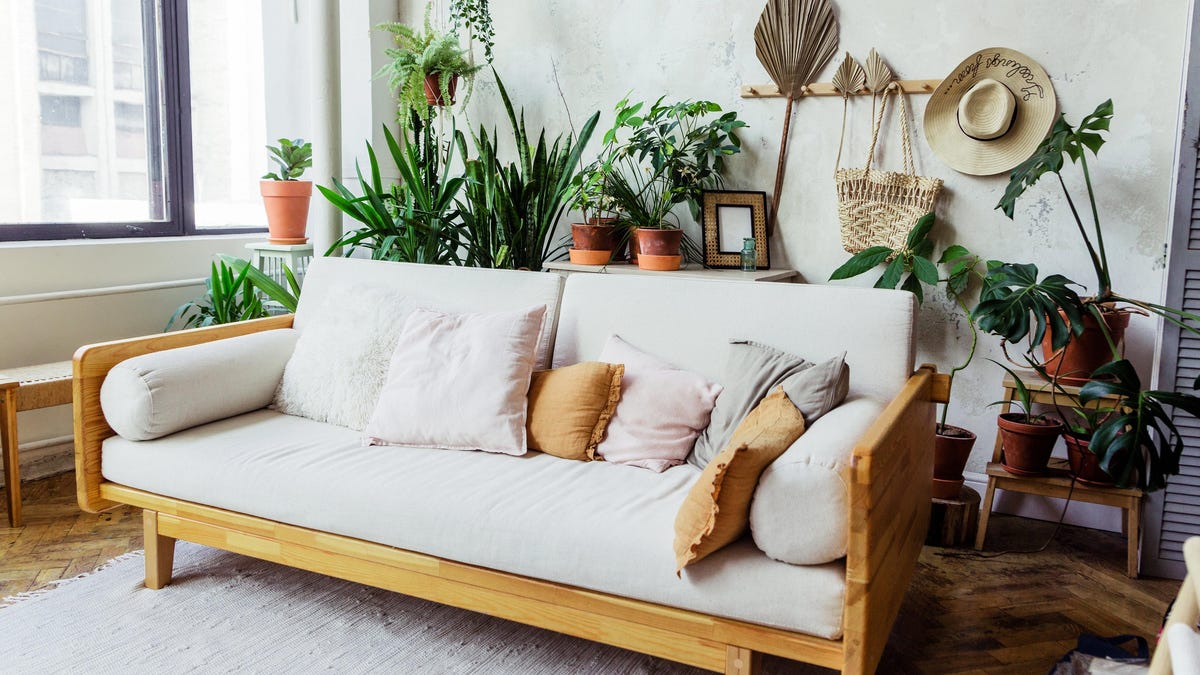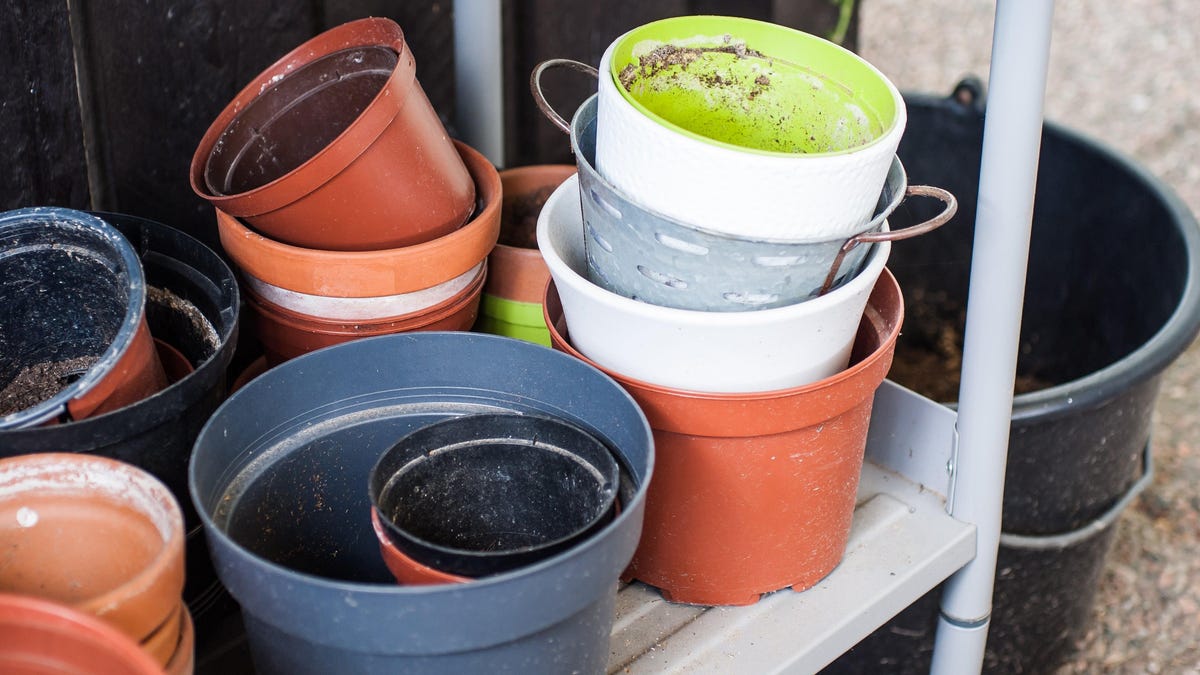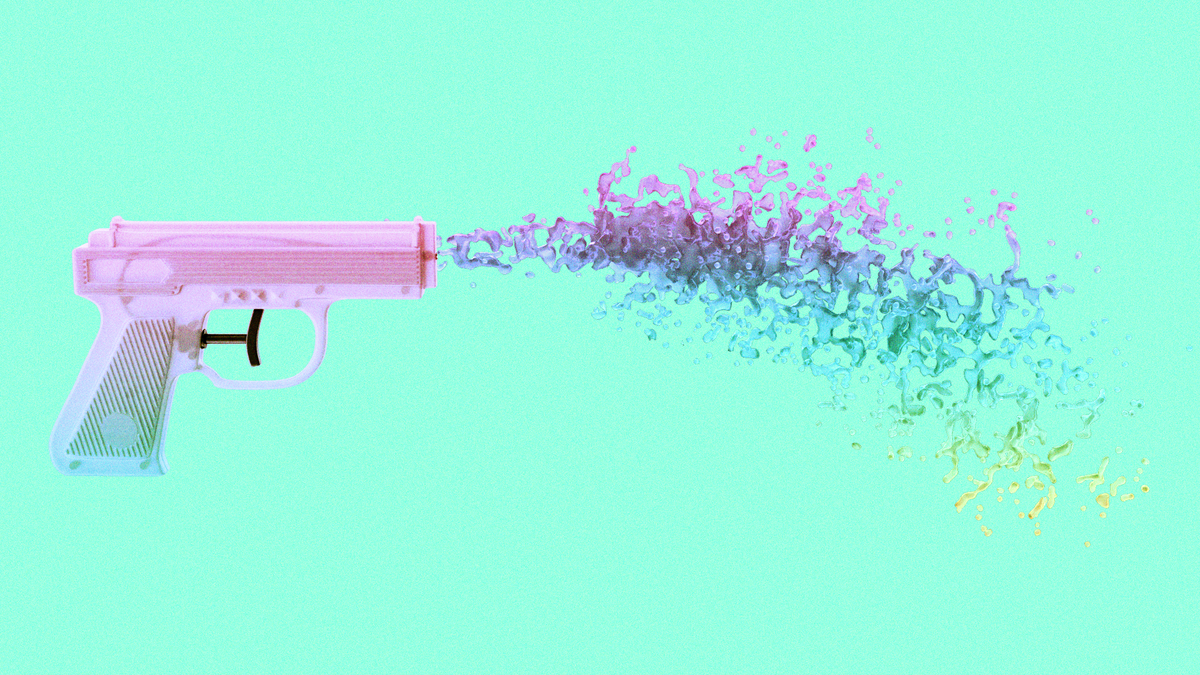‘Biophilic Design’ Is the New Home Decor Trend
“Biophilic design” is a term used to describe an overall connection with nature in the composition of an interior space. Humans have a tendency to be attracted to other life forms, and biophilic design taps into the inherent allure...


Photo: Yuliya Yesina (Shutterstock)
“Biophilic design” is a term used to describe an overall connection with nature in the composition of an interior space. Humans have a tendency to be attracted to other life forms, and biophilic design taps into the inherent allure of our ecosystem–even as our architecture often separates us from it. While there are many ways that this design style can be interpreted, not all of them have to be expensive. Here’s how to get the look without spending a ton of money.
Become a plant hoarder
Using plants to decorate is a good start for biophilic design. Choosing plants that draw on natural surroundings with varying sizes and shapes can help to increase the impact of decorating with plants. Finding house plants on social media free groups or through local gardening clubs is one way to offset the cost of adding vegetation to your interior space. Also, creating layers with plant stands or using shelves in windows can add drama even with smaller plants as they grow.
Use natural materials
Choosing natural materials like rattan, jute, wood, and dried grasses or flowers can help to bring the outside in. Adding some rattan even as an accent—a tray, for instance, or the door of a cabinet—can help achieve a natural look without costing much money. Using wood accents, or stripping paint from wood furniture to allow the natural grain to show, is another affordable option. Dried flowers of grasses can be from your own yard, if you like. Hanging cuttings upside down to dry will help flowers dry evenly and you can also try your hand at wax-dipping them if you want them to last longer.
Open the curtains
The cheapest way to bring some nature indoors is to uncover your windows. As weather allows, opening drapes and allowing natural light inside is an excellent (and free) way to add a biophilic design element. If you don’t have any vegetation to look at outside, consider a window box filled with seasonal plants. If you’re not ready for full window exposure, you can use sheer curtains to cover windows to allow some of the view while giving you privacy.
Use natural colors
Incorporating nature-inspired colors into your home can help lend itself to the overall look of a biophilic design. Pick up your favorite green color pulled from some of your house plants, or choose a color that’s common to your local natural environment to blend your natural design elements together. You don’t need to paint a whole room to add color. You can choose to paint an accent wall, or even add some nature-inspired textiles like drapes or upholstery. Choosing a color that already goes with your current decor will save you from redecorating everything or repainting all of your spaces.
Use natural shapes and patterns
Using natural shapes and patterns brings nature to mind even when you’re inside. Spirals evoke natural shapes like flowers or snail shells; soft curves can mimic waves or leaves blowing in the wind; and certain patterns can look like light showing through the branches of trees or spreading vines. Adding a rug with a nature-inspired pattern or some wallpaper that features plants or animals are ways to include biophilic patterns without redoing everything in your home. You can also opt for art that depicts natural scenes.

 Astrong
Astrong 































